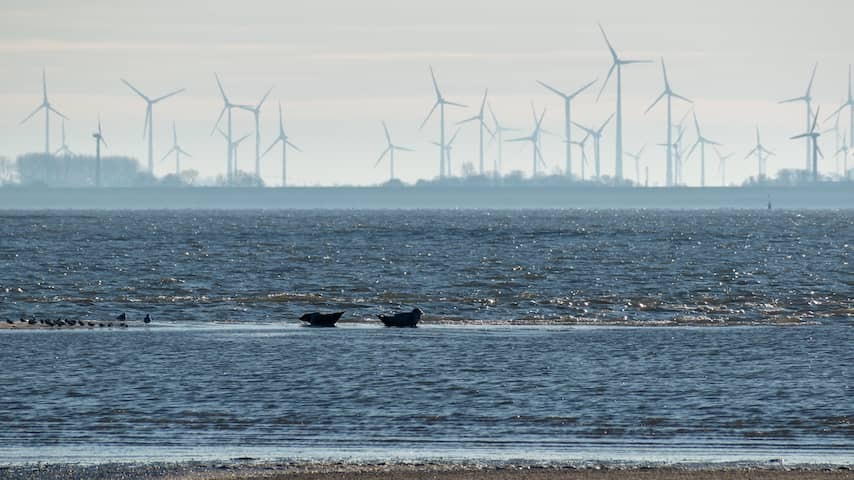
The development of offshore wind farms can go well with nature restoration. The nature in the oceans is currently under severe pressure. Coral reefs, salt marshes, and seagrass beds can flourish again with a relatively small investment, researchers see.
All over the world, one wind farm after another is being built at sea. This is only expected to accelerate due to the growing demand for clean energy and global climate goals. The Netherlands also invests billions annually in wind farms. In new research, scientists advocate combining the construction of wind projects with the restoration of millions of hectares of nature.
Until 2050, an estimated $6 trillion (€5.1 trillion) will go to offshore wind farms worldwide. If developers were to invest 1 to 5 percent of that in nature restoration, it would make a world of difference for marine ecosystems.
That’s what an international team of scientists calculated in the study that has just been published in the scientific journal BioScience. Such a nature contribution can restore biodiversity and fish populations and strengthen coasts. In nature restoration, a distinction is made between active restoration, such as sowing seagrass, and passive restoration: leaving nature alone.
With such a nature contribution, the researchers are trying to provide a solution for nature that is under pressure in all oceans. Overfishing, global warming, and pollution are important causes of this.
‘Killing two birds with one stone’
“There is a very great need for nature restoration, which coincides with a huge rollout of wind energy,” says Professor Tjeerd Bouma, who specializes in the restoration of coastal and marine systems. “If you link the two, you kill two birds with one stone.”
According to Bouma, who also contributed to the research, this can ensure that nature goals are more easily achieved. The United Nations’ goal to protect 30 percent of the ocean by 2030 is an example of this.
Investing in nature pays off
The scientists excluded other sectors that burden the environment from this research. The wind sector alone could finance an estimated 5 to 26 percent of the nature restoration needed until 2050, explains lead researcher Christiaan van Sluis. According to marine biologist Van Sluis, a significant part of the important ecosystems, such as seagrass, salt marshes and mangroves, can be restored with this.
Some nature restoration is already being done in Dutch wind farms. But according to Van Sluis, this is often non-committal and mainly happens around the wind turbines and not outside. The plea in the research goes a step further. “We show that if the government makes that 1 percent mandatory for developers, you can have a gigantic impact.”
The question is whether investors are waiting for this. Especially now that the sector is in dire straits due to, among other things, cost increases. But Van Sluis is positive: large-scale investments in nature restoration always pay off, he says.
“When you invest in nature and restore ecosystems, you get cleaner water, stronger coastal protection, more fish and healthier ecosystems in return.” That is also beneficial for counteracting climate change: the biologist calls that “a positive chain reaction”.
Professor Bouma also says this: “Such an investment takes time, but that is not a hopeless time.”